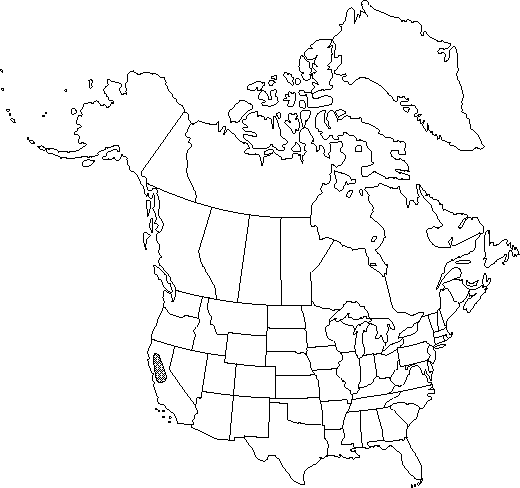familyRanunculaceae
genusRanunculus
subgenusRanunculus subg. Ranunculus
sectionRanunculus sect. Ranunculus
speciesRanunculus canus
varietyRanunculus canus var. canus
Difference between revisions of "Ranunculus canus var. canus"
FNA>Volume Importer |
FNA>Volume Importer |
||
| Line 22: | Line 22: | ||
}}<!-- | }}<!-- | ||
| − | --><span class="statement" id="st- | + | --><span class="statement" id="st-undefined" data-properties=""><b>Leaf </b>blades: ultimate segments ovate or oblong-ovate to lanceolate, margins toothed, apex acute or obtuse. <b>Flowers</b>: petals 5-7.</span><!-- |
-->{{Treatment/Body | -->{{Treatment/Body | ||
| Line 53: | Line 53: | ||
|publication year= | |publication year= | ||
|special status=Endemic | |special status=Endemic | ||
| − | |source xml=https://jpend@bitbucket.org/aafc-mbb/fna- | + | |source xml=https://jpend@bitbucket.org/aafc-mbb/fna-data-curation.git/src/9216fc802291cd3df363fd52122300479582ede7/coarse_grained_fna_xml/V3/V3_369.xml |
|genus=Ranunculus | |genus=Ranunculus | ||
|subgenus=Ranunculus subg. Ranunculus | |subgenus=Ranunculus subg. Ranunculus | ||
| Line 59: | Line 59: | ||
|species=Ranunculus canus | |species=Ranunculus canus | ||
|variety=Ranunculus canus var. canus | |variety=Ranunculus canus var. canus | ||
| − | |||
| − | |||
| − | |||
| − | |||
}}<!-- | }}<!-- | ||
-->[[Category:Treatment]][[Category:Ranunculus canus]] | -->[[Category:Treatment]][[Category:Ranunculus canus]] | ||
Revision as of 13:39, 27 July 2019
Leaf blades: ultimate segments ovate or oblong-ovate to lanceolate, margins toothed, apex acute or obtuse. Flowers: petals 5-7.
Phenology: Flowering spring–summer (Mar–Jul).
Habitat: Grassland or very open oak woodland
Elevation: 0-1200 m
Discussion
Ranunculus canus var. canus is endemic to the Sacramento Valley and adjacent foothills. As with R. californicus, the leaves vary in form. Plants from the low Sierra Nevada foothills often have simple, 3-parted leaves, while plants from the west side of the valley usually have compound leaves with leaflets parted into lanceolate segments. Many exceptions occur, however, and all possible leaf forms can be found in the eastern Sacramento Valley.
Selected References
None.
Lower Taxa
None.
